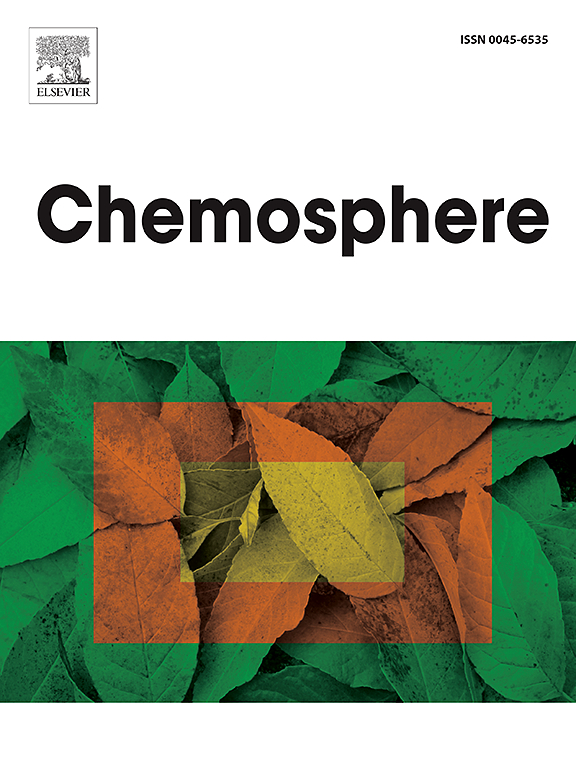Soil electrokinetic remediation to restore mercury-polluted soils: A critical review
IF 8.1
2区 环境科学与生态学
Q1 ENVIRONMENTAL SCIENCES
引用次数: 0
Abstract
Mercury (Hg) is one of the top chemicals of concern to the World Health Organization and a potentially hazardous trace element in the environment. Hg pollution is a serious issue, and due to its metallic nature or poor soluble mineral properties (such as some sulfides), Hg pollution demands chemical additives to increase its solubility before removal. Different viewpoints were used to illustrate how electrokinetic remediation technology could be used to remove Hg from polluted soil, including 1) cathode approaching, 2) pulsed electric field, 3) chemical additives, 4) coupling with phytoremediation and bioremediation, 5) integration of adsorption and a permeable reactive barrier, and 6) electrodialytic design, operation factors, and electrode materials. To collect the relevant publications during the last 32 years (1993–2024), search words such as “Soil electrokinetic & Hg” were entered into six search engines. Only a few articles have been published concerning electrokinetic remediation of Hg. The effectiveness of iodide in removing Hg was recently demonstrated by testing several chelating compounds. Iodide added to the soil solution migrated Hg toward the anode, demonstrating the presence of Hg iodide anionic complexes. By contrast, anionic Hg chloride complexes did not dominate, as evidenced by Hg migration toward the cathode when chloride was introduced to the soil. Although electrokinetic design remediation has advanced significantly, most studies have focused on Hg remediation using the soil electrokinetic approach, which is a conventional design. One study used the electrodialytic design, and one electrode arrangement (rectangular and hexagonal). For the readers' advantage, further developments for the electrokinetic remediation of Hg from soil were also suggested.

求助全文
约1分钟内获得全文
求助全文
来源期刊

Chemosphere
环境科学-环境科学
CiteScore
15.80
自引率
8.00%
发文量
4975
审稿时长
3.4 months
期刊介绍:
Chemosphere, being an international multidisciplinary journal, is dedicated to publishing original communications and review articles on chemicals in the environment. The scope covers a wide range of topics, including the identification, quantification, behavior, fate, toxicology, treatment, and remediation of chemicals in the bio-, hydro-, litho-, and atmosphere, ensuring the broad dissemination of research in this field.
 求助内容:
求助内容: 应助结果提醒方式:
应助结果提醒方式:


